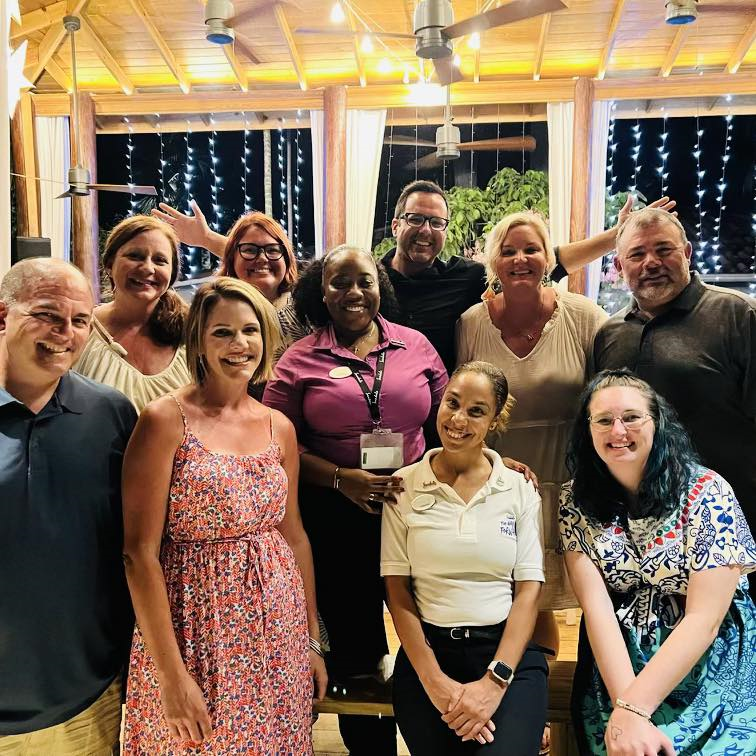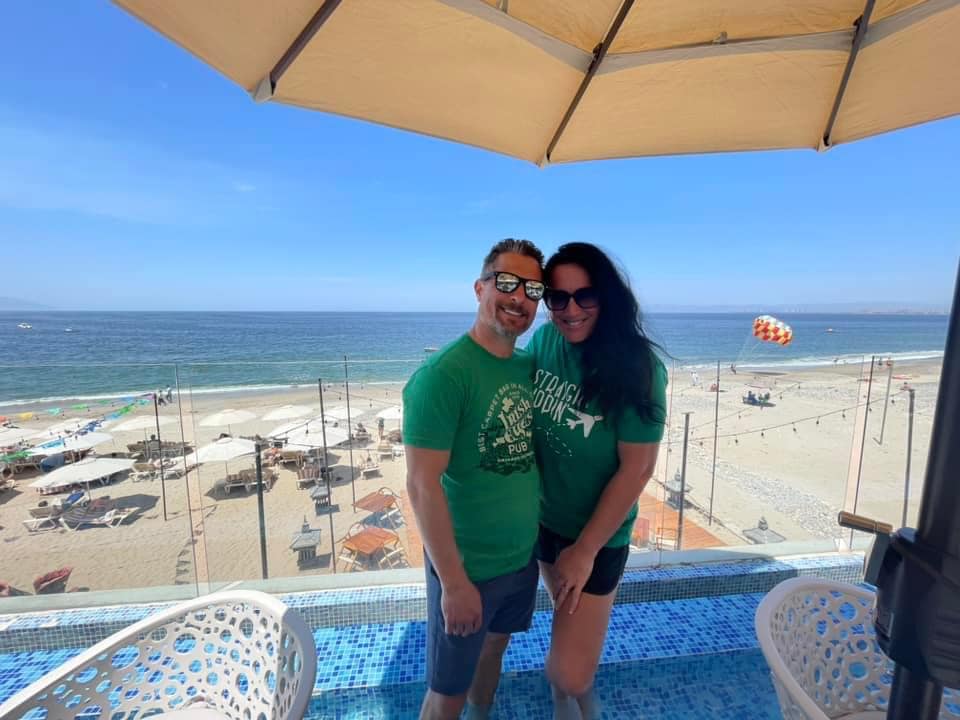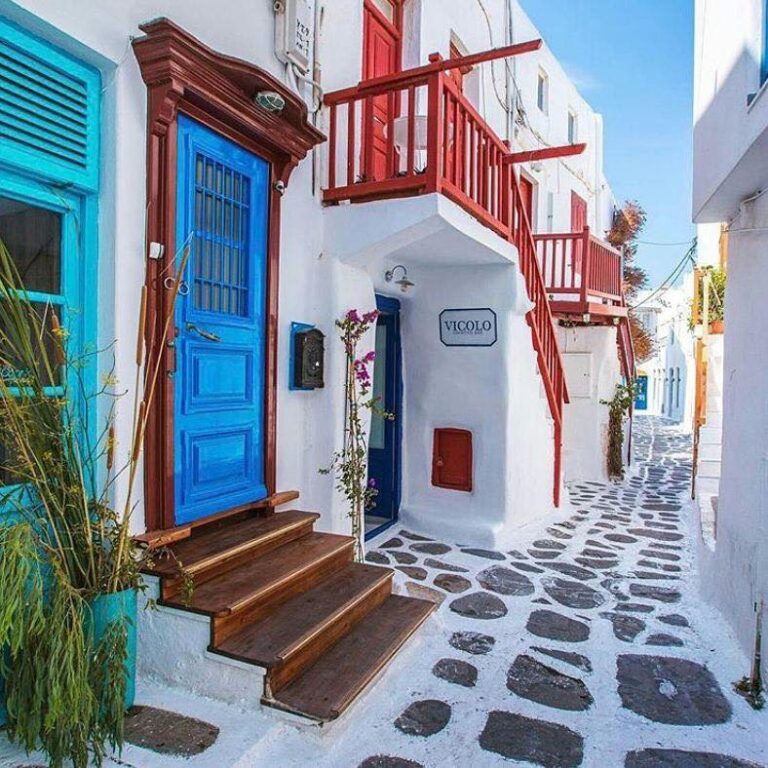Though most of Rhode Island is not an island, there's enough water around that no one's likely to notice. This smallest of the U.S. states has more than 400 mi/650 km of coastline, so whether you're interested in boating, beaching or both, the ocean should play a big part in your visit.
The sea has drawn visitors to Rhode Island for a long time, including some of the wealthiest vacationers in the world. They converged on Newport, in particular, building lavish seaside mansions that today are some of the state's most popular travel attractions. Rhode Island is still big with the affluent, but it's a good travel destination for others as well. A large number of public parks are right on the water, so everyone can gain access to Narragansett Bay and the Atlantic Ocean.
Geography
The Ocean State consists primarily of low rolling hills with a relatively flat coastal region. Several large islands in Narragansett Bay make up part of the state's territory, as does Block Island farther out in the Atlantic. The communities of Rhode Island completely surround Narragansett Bay, so although it is possible to drive through the entire state in about 30 minutes on the interstate, trips from one side of the bay to towns on the other side can take considerably longer.
Visitors may encounter a certain amount of confusion regarding place-names in Rhode Island. It helps to know that, in some cases, a given name—such as Bristol—refers both to a specific town or village and also to the wider area surrounding it. These areas are often called towns, even though they actually encompass several communities, and three such areas are also officially counties (Bristol, Newport and Providence). Some maps and tourist guides will also refer to broader regions such as the Blackstone River Valley (in the northwestern portion of the state) and South County (which covers most of the southern portion). South County includes several of Rhode Island's most popular destinations: Block Island, Narragansett, Wickford, Wakefield, Charlestown and Westerly.
History
Long before the Vanderbilts and Astors arrived, Rhode Island was the home of the Narragansett people. They grew corn for part of their food supply but also migrated in order to fish, hunt and collect shellfish and wild foods. Through a network of trading channels, the Narragansett were in constant contact with other Native American groups in New England. They manufactured wampum (cylindrical beads made from clams and whelks) and traded this form of currency for skins, pottery, stone, maple bowls and chestnuts.
Among the first Europeans to settle in Rhode Island were religious exiles. Roger Williams arrived in 1636, having been booted out of the Massachusetts Bay Colony for his liberal beliefs. Others seeking religious freedom soon followed, including Sephardic Jews (whose ancestors had been forced out of Spain and Portugal) and Quakers. Though tolerance may have been the goal of the early settlers, things were not always peaceful in the colonial period: After years of declining relations between the native tribes and white settlers, Rhode Island became a major battleground in King Philip's War. The war climaxed in 1675 with the massacre of the Narragansetts in the Great Swamp Fight (in present-day South Kingstown) and ended with the death of Philip (Metacomet) in Bristol in 1676. Beginning in the 1760s, Rhode Islanders vigorously protested British rule. On 4 May 1776, Rhode Island became the first colony to declare independence—preceding the others by two months. With victory over the British, Rhode Island achieved statehood in 1790.
By the 1800s, Rhode Island was rapidly becoming one of the young nation's most heavily industrialized states—textile mills and other factories cropped up throughout the compact region. At the beginning of the 20th century, immigrants from Portugal, Italy and Eastern Europe began to pour into the state in search of work, lending a multicultural character to Rhode Island's cities that is still evident today. As these immigrants flocked to the factory towns, affluent families built luxurious summer estates, creating a very visible class division in the state.
The Great Depression hit both groups hard, but business picked up with the beginning of World War II. In the past 60 years, many of the textile mills have closed down, and the economy has suffered somewhat as a result. Today, Rhode Island's businesses are more diversified: Manufacturing is still important, but it is buttressed by tourism, electronics, chemicals and health-care services.
Snapshot
Rhode Island's main attractions are beaches, historical sites, vintage homes and mansions, Providence, yachting, Newport, resorts and Block Island.
Those travelers who like beaches and watersports, museums and restored homes—and the chance to slow their pace of living for a while—will love Rhode Island. Although Providence and Newport have many cultural attractions and excellent restaurants, those seeking the bustle of a major metropolis and those who are uncomfortable in a somewhat cool seaside climate may find the state less to their liking.
Potpourri
The smallest U.S. state has the longest official name: The State of Rhode Island and Providence Plantations.
There are two theories as to the source of the term Rhode Island. One attributes it to the notes of explorer Giovanni da Verrazano, who observed that one island in the area was about the size of Rhodes in the Mediterranean. A second theory argues that it's an anglicized version of the name Dutch explorer Adriaen Block gave to Block Island: Roodt Eylandt.
Folks in Narragansett still refer to their downtown area as the Pier, even though the pier itself was washed away by a hurricane in 1938.
There are hundreds of stories about the extravagant parties that took place in Newport during the city's heyday, but we'll tell just one. At a party at the Marble House, Mrs. Alva Vanderbilt covered her dining room table with sand. Guests were provided with pails and shovels, which they used to unearth sapphires and rubies that were hidden in the sand.
The Quonset hut, the U.S. military's contribution to utilitarian architecture, was first built at Quonset Point Naval Air Station in Rhode Island in 1941.
The nation's first speeding ticket was handed out in Newport in August 1904. It resulted in a jail sentence. The car in question was traveling at 15 miles an hour.
Rhode Island's state bird is a chicken—the Rhode Island Red. And Sakonnet Vineyards in Little Compton produces a popular wine called Rhode Island Red, which is said to go very well with ... beef.



































